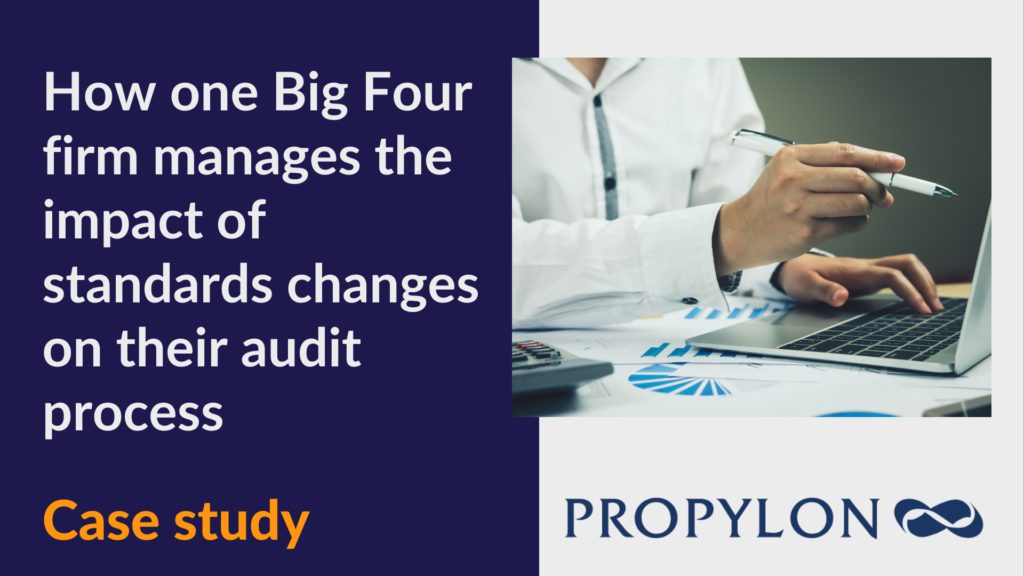In 2022, audit teams face challenges in today’s dynamic business environment. The number of regulatory developments has been increasing year on year. During the COVID-19 pandemic, changes in guidance added to the burden.
Meanwhile, headlines in 2020 and 2021 focused on the fallout from incidents including the Wirecard fraud, Quindell audit and the Patisserie Valerie dispute. Major firms have pledged to improve audit quality.
As we surface from the COVID-19 pandemic, audit teams have had to prioritize flexibility in order to adapt. Looking to the year ahead, they will have to continue to do so in facing the demands of what looks set to be another unpredictable year.
In 2022, audit teams face challenges in today’s dynamic business environment as we surface from the COVID-19 pandemic.
A diverse risk landscape
Uncertainty continues to cloud the path ahead with rising inflation, supply chain issues, and economic unknowns. According to Gartner’s Audit Plan Hot Spots report for 2022, increasing digitalization is creating winners and losers amongst organizations based on their ability to rapidly transform and harness changes in customer preferences, markets, and society.
There has been much coverage around the trends in changing social expectations. ESG has become a key area of focus. For audit professionals, according to BDO’s 2021 Fall Board Pulse survey, 29 percent of directors are including ESG metrics and disclosures within audited financial statements. The current array of ESG standards and frameworks has been fittingly described as an alphabet soup – including GRI, SASB, TCFD, IIRC. It is expected that aspects of ESG reporting will be rapidly changing and as such, a variety of stakeholders will demand more robust reporting and validation by audit professionals.
Gartner, meanwhile, says that the level of ESG-related regulatory risk is increasing as some regulatory bodies in Europe and elsewhere have committed to bringing action over disclosures.
Operational resilience is another area of high regulatory interest with cyber risk highlighted by Gartner and other sources as a key challenge.
With so many unknowns ahead, there can be little doubt that organizations need the capacity to react quickly to change.
Preparing for the year ahead
With so many unknowns ahead, there can be little doubt that organizations need the capacity to react quickly to change. Continuing to rely on manual processes slows firms down and risks that something will slip through the cracks.
The good news is that technology holds answers. AI-driven knowledge management solutions offer ways for audit teams to keep on top of change as it happens and reduce the manual effort involved in updating audit manuals and guidance.
Automate
Automating tasks like searching for relevant updates ensure that audit teams keep up with the changes that matter most and avoid the time cost and risks associated with identifying such information manually.
Smart content management
Component-based content management allows audit teams to continue using familiar word processors while managing content on a much smaller scale. They can change the source content once and automatically update every document that uses it, including future releases or branches of content.
Tracking
Given the uncertainty ahead and the volume of regulatory updates, audit teams need knowledge management systems that give them the ability to track exactly how manuals and guidance came to be in their final forms.
Collaborate
With hybrid working likely to be a feature into the future, it’s essential that audit teams have tools that make collaborating on documents seamless. Basic collaboration features can be limited – for example, not allowing users to see complete version histories or comments associated with edits.
Staying ready for change
In this landscape, clarity and awareness of emerging topics of interest are key as audit teams navigate 2022, identify risks and new opportunities. Having the right technology tools helps auditors stay ready for change at the same time, freeing teams of manual work and rote processes so they can spend more time fostering exceptional client relationships and delivering value.


